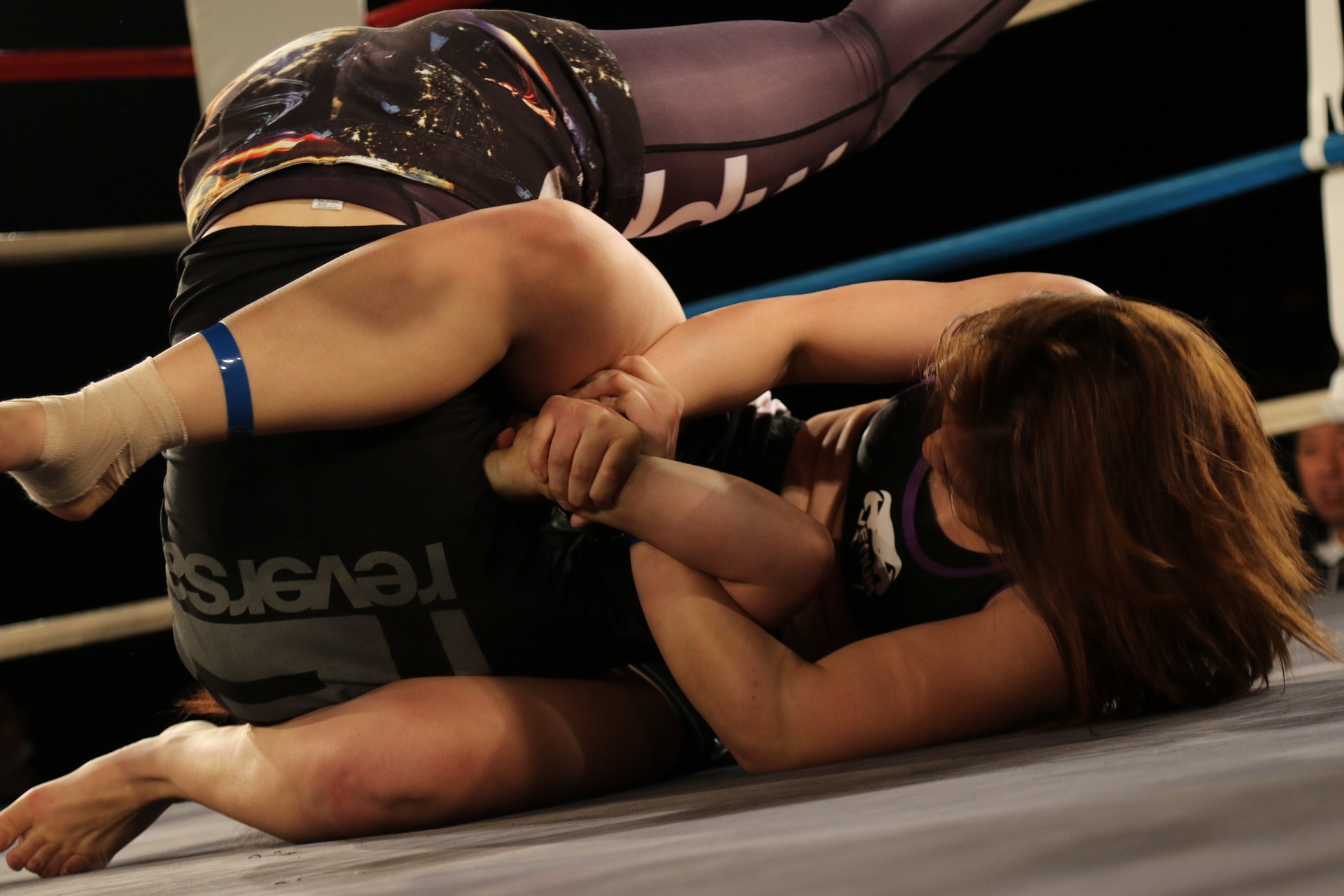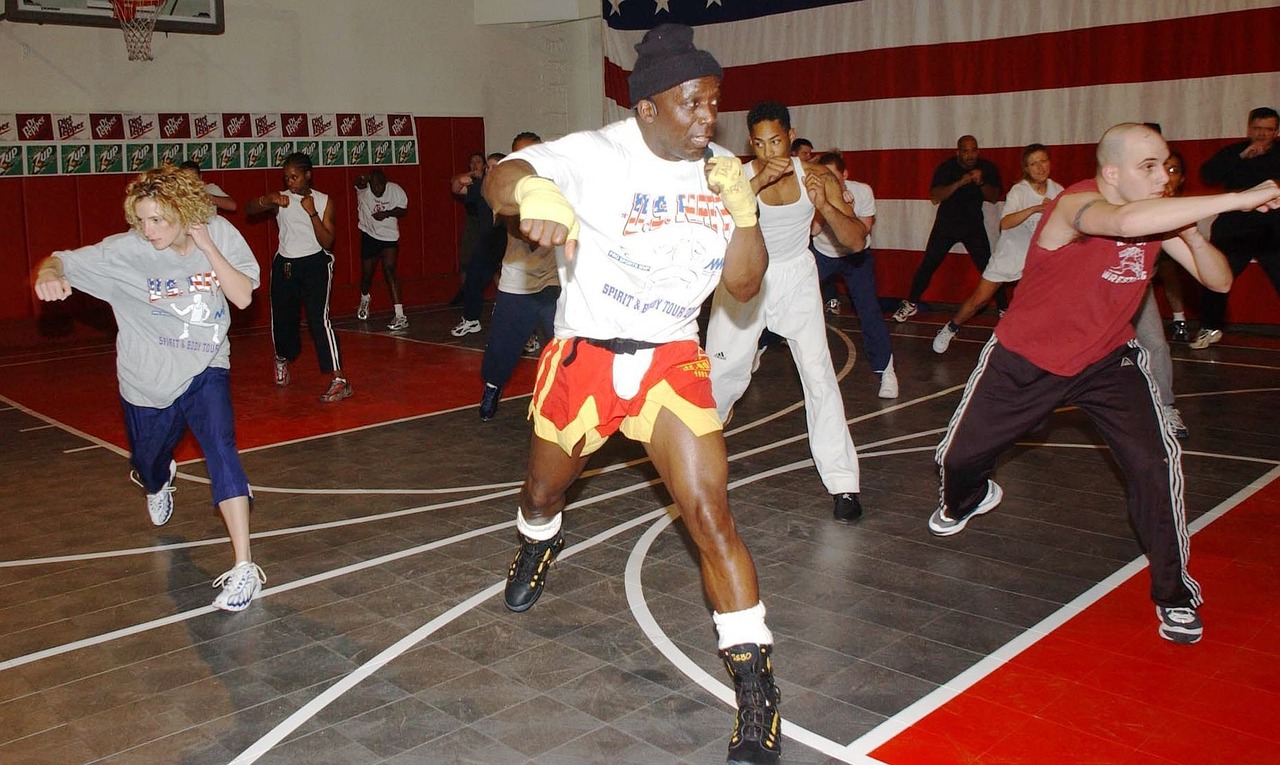I used to spend hours at the park or in large empty rooms practicing the many kata in our system. With so many moves, sequences, and directional changes to remember and perfect, the task could feel overwhelming. But over time, I discovered techniques that helped me streamline my practice and sharpen my performance.
In a previous post, Ghestalting: Remember Your Kempos, I discussed how the mind uses “chunks” of information to encode and retrieve memories. Building upon that concept, here are five structured practice methods that can significantly improve your kata retention, performance, and adaptability—beneficial before testing or tournaments.
Use these five steps, modeled after our self-defense curriculum structure, to enhance your kata training:
1. Practice it at least five times in a row, once a day.
This is the original ghestalting method. By repeating the entire kata multiple times in a single session, you’re training your brain to see the kata as a cohesive sequence rather than a scattered collection of techniques. Repetition builds both muscle memory and mental fluency.
2. Practice with a partner to improve timing and gauging.
Synchronized kata or bunkai-style drills give you real-world application for your techniques. This helps you better understand rhythm, spacing, and reaction time—key components in effective martial arts performance.
3. Practice with partners of different sizes to identify adjustment points.
Not every attacker will be your height or build. Working with a variety of training partners helps you learn where and how to adjust your body position, strikes, and targeting zones in response to your opponent’s frame.
4. Practice with a partner who resists or counters.
Introduce light resistance or counter-techniques so you can adapt in real-time. This helps develop your reflexes and simulates how a real opponent might respond. It also builds your confidence in applying the material under pressure. We often call this “3I and BCT”—improvisation, integration, and battle-conditioning training.
5. Practice in different environments and positions.
Don’t just train in ideal dojo conditions. Try executing your kata on the left side, from a seated position, on uneven terrain, or even in low-light environments. The goal is to reinforce your skill in any situation—realism enhances retention and effectiveness.
The key takeaway here is that planned repetition is the secret to mastery. Random practice might help you break a sweat, but smart, intentional practice will take your skill to the next level. These five strategies work with the brain’s natural learning process and lead to faster, deeper improvement.
Have you tried these steps in your training? Let me know what worked for you—or share other effective strategies you’ve discovered. Your insights could help another martial artist reach the next level!



